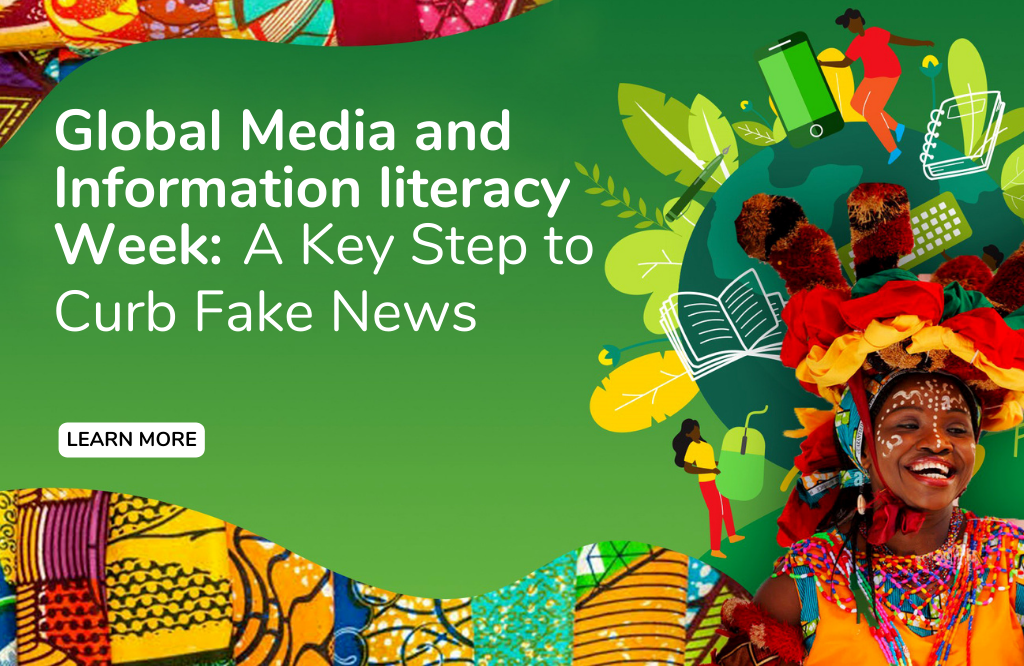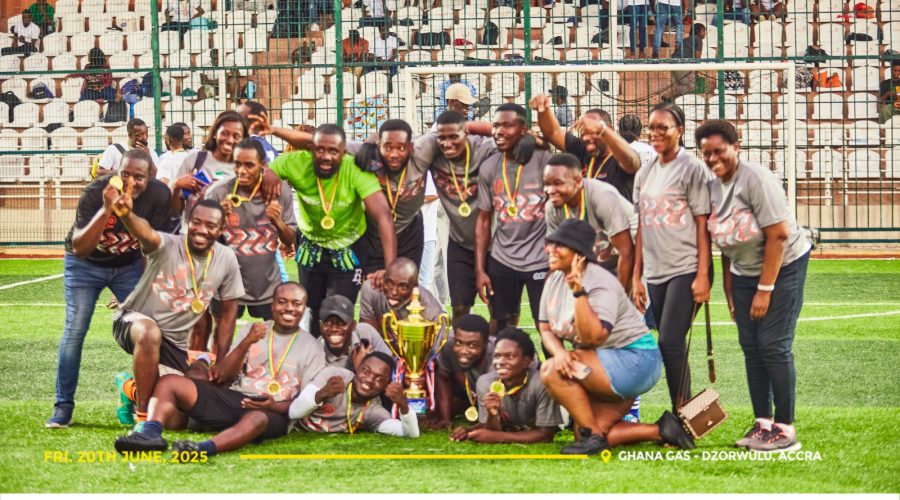Communication is usually defined as the transmission of information between a sender and a receiver through a medium. In biblical context, the earliest documented form of communication is found in the Bible, Genesis chapter 1 verse 3, as God commanded light to replace darkness.
Since 1990, communication has gone through various transformation to get to where it is today, fueled by the advent of the internet in the early 1990’s which paved the way for near-instant communications like electronic mail, instant messaging, social networking sites, two-way interactive video calls, discussion forums and blogs.
Since the mid -1990’s, the internet has had a revolutionary impact on communication, including the evolution of communication from smoke signals by our forefathers on farmlands to the exchange of telephones and emails. The internet has changed the narrative of our communication.
For digital communication, the breakthrough was as early as 1831, with the invention of the electric telegraph, which was a point-to-point text messaging system. The telegraph primarily served as a communication module for emerging railway companies to monitor and prevent collision.
Series of technological improvements throughout the years ushered in a more robust and advanced form of digitalized communication, as experienced currently. Now advanced or digitalized forms of communication supersedes the traditional mode of communication. Emails are replacing letters, our interactions have changed, with the frequent usage of messaging apps such as WhatsApp.
During the dreaded COVID-19 pandemic, the reliance on digital communication was evident as in-person communication gradually became a challenge due to restrictions such as lockdowns and isolation. We relied heavily on digital communications to keep in touch with friends and families.
Communications at the workplace evolved, as businesses had to also adapt, using forms of communications like zoom and google hangout to communicate.
The advent of the internet in the early 1990’s has changed the shape of our communication. The internet has made communication easier and faster, allowing people to connect regardless of time and location. From the shores of Jamestown in Accra, with a click of a button, communication, with the aid of the internet, can be shared across, to as far as the Asia’s and Americas. That’s the power of digital communication.
Digital Communication has allowed people to find their voices and be expressive through social media. The internet has connected and divided us, with the latter, experiencing a surge during the global pandemic in 2020.
The evolution of digital communication has without doubt contributed significantly to misinformation hence the need for support in financing Media and Information Literacy through a plethora of interventions to curb this menace.
The Aspen Media Literacy institute defines Media Literacy as the ability to ‘’access, analyze, evaluate and create media in variety forms.’’ The basic understanding, is one’s ability to understand and examine or decode information.
The United Nations Educational, Scientific and Cultural Organization (UNESCO), initiated the Global Media and Information Literacy Week in 2012 with cooperation from the UNESCO Media and Information Literacy Alliance, the UNESCO-UNAOC Media and Information Literacy and Intercultural Dialogue (MILID) University Network, and other partners.
It is a major opportunity for stakeholders to review and celebrate progress towards “Media and Information Literacy for All”, which is a rallying call that strives to enhance the capacities of policymakers, educators, information and media professionals, youth organizations, and disadvantaged populations.
As part of the Global Media Literacy Week 2022, key emphasis are on the issues of trust and solidarity, which forms part of a broader action plan as highlighted in the 2022 theme; Nurturing Trust: A Media and Information Literacy Imperative as they relate to people, media, digital platforms, governments, the private sector, as well as non-governmental organizations. It very much highlights some promising actions in connection with media and information literacy in the last year and how media and information literacy helps with nurturing trust and countering mistrust.
Further, assisting Member States to formulate national media and information literacy policies and strategies remains at the forefront of UNESCO’s vision of achieving Media and Information Literacy for All.
It is estimated that almost 80% of 15-25-year-old Ghanaians are on the digital fast track, with almost 80% owning smartphones and more than 70% accessing the Internet on a weekly basis. MIL INDEX representative survey data by DW Akademie indicate that over two-thirds of respondents use Facebook or WhatsApp, one third use Snapchat and YouTube, and more than a quarter use Instagram on a weekly basis.
Improving Media Literacy Information Skills
Improving one’s Media Literacy Skills requires and demands a structured capacity building training to aid one to spot fake from facts. Reading beyond the headlines is a skill to interrogate issues as seen in multiple instances, journalists sensationalize news headlines for what has become known as click baits, to drive traffic to their web portals.
When in contact with information, do background checks on author’s credentials and the date of the news, finding corroborating sources, and identifying biases I f any.
Again, checking other credible and reliable sources for the same news story is a way to draw the line between what is fact and what is fake. A story which is credible will most likely be corroborated by several media/digital outlets.
For any information or content, you come across on digital platforms, you need to have the skill of determining if it has elements of bias, mischief or slander.
Written by: Chris Appiah-Badu




